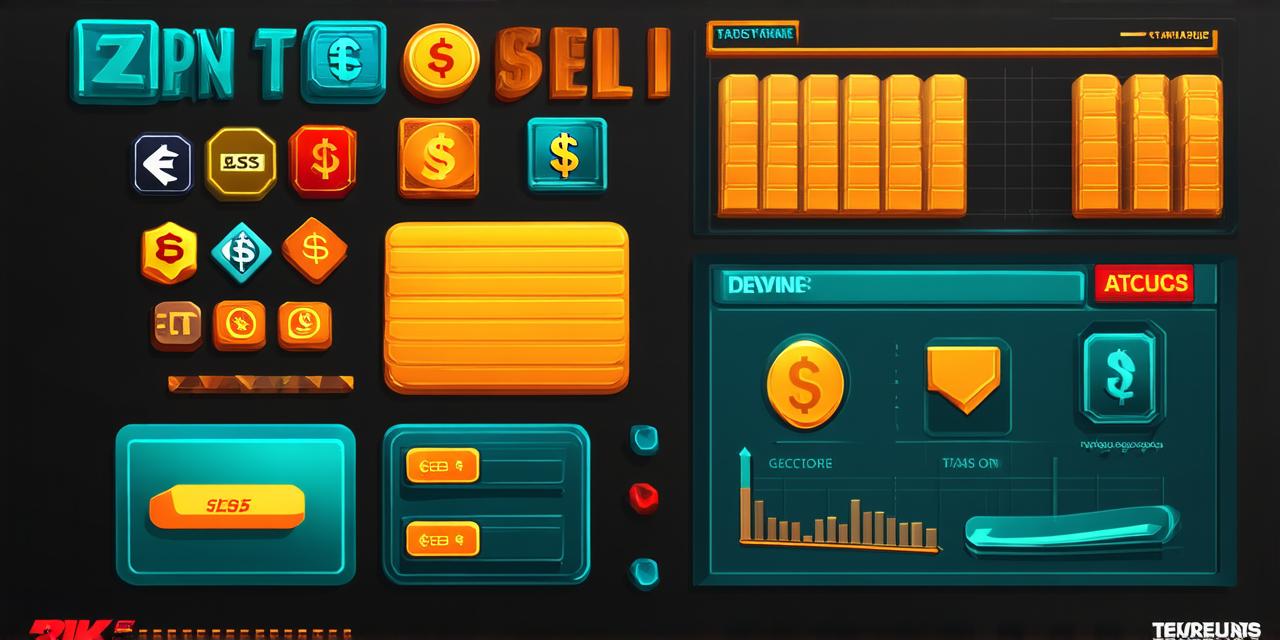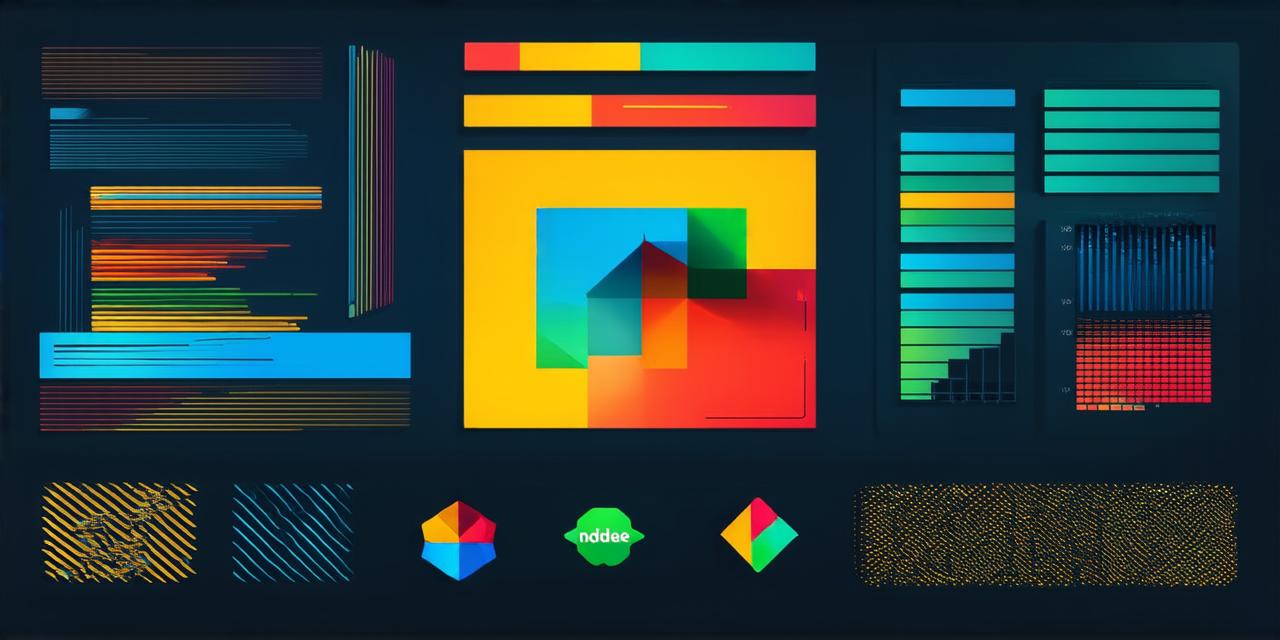1. The Power of Social Proof
One powerful tool that game developers use is social proof. This technique involves using the actions or opinions of others to influence a player’s behavior. For example, if a player sees that many other players have purchased a certain item or completed a particular level, they may be more likely to do the same. This can be particularly effective in multiplayer games where players are constantly comparing themselves to their peers.
2. Scarcity and Urgency
Another common technique used by game developers is scarcity and urgency. By creating a sense of limited availability or impending deadline, players may feel compelled to act quickly and make purchases before the opportunity passes them by. This can be especially effective during special events or promotions, such as time-limited sales or exclusive content releases.
3. In-Game Rewards and Progression
In-game rewards and progression are also powerful tools for nudging players to spend more. By offering rewards for completing certain tasks or achieving milestones, developers can create a sense of accomplishment and motivation for players to continue playing and making purchases. This can be particularly effective in games with complex progression systems, where players must complete multiple levels or challenges to unlock new content.
4. Personalization and Customization
Personalization and customization are also important tools for nudging players to spend more. By offering customizable items or the ability to create unique avatars, developers can create a sense of ownership and investment in the game. This can be especially effective in games with deep role-playing elements, where players are highly invested in their characters and want to express their individuality.
5. Gamification Elements
Gamification elements, such as leaderboards, achievements, and badges, can also be effective in nudging players to spend more. By creating a sense of competition and accomplishment, developers can motivate players to continue playing and making purchases to improve their rankings and earn new achievements. This can be particularly effective in games with social features, where players are constantly comparing themselves to their friends and rivals.
Case Study: Candy Crush Saga
Candy Crush Saga is a popular mobile game that has used many of the techniques discussed above to nudge players into spending more time playing and making purchases. The game uses social proof by displaying the number of friends who have completed a level or purchased certain items. It also uses scarcity and urgency by offering limited-time promotions and exclusive content releases. Additionally, the game offers in-game rewards and progression through level completion and daily logins, as well as personalization options for avatars and customizable items. Finally, the game uses gamification elements such as leaderboards and achievements to motivate players to continue playing and making purchases.
Expert Opinions
According to Dr. Nick Yee, a professor of psychology at Georgetown University who specializes in the study of online behavior, “Game developers are constantly looking for ways to increase player engagement and retention. Nudging players into spending more time playing and making purchases is an effective way to do this.”
Dr. Yee also notes that the use of social proof, scarcity, and gamification elements can be particularly effective in nudging players to spend more. “By tapping into our natural desire for social comparison and competition, developers can create a sense of urgency and motivate players to continue playing and making purchases.”





